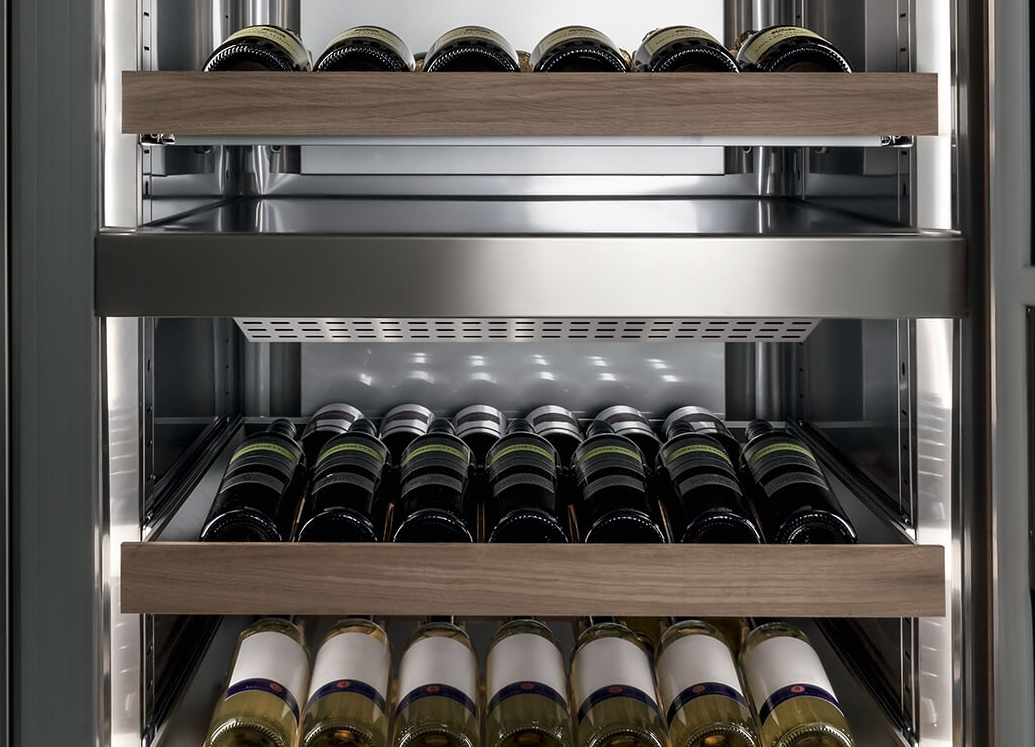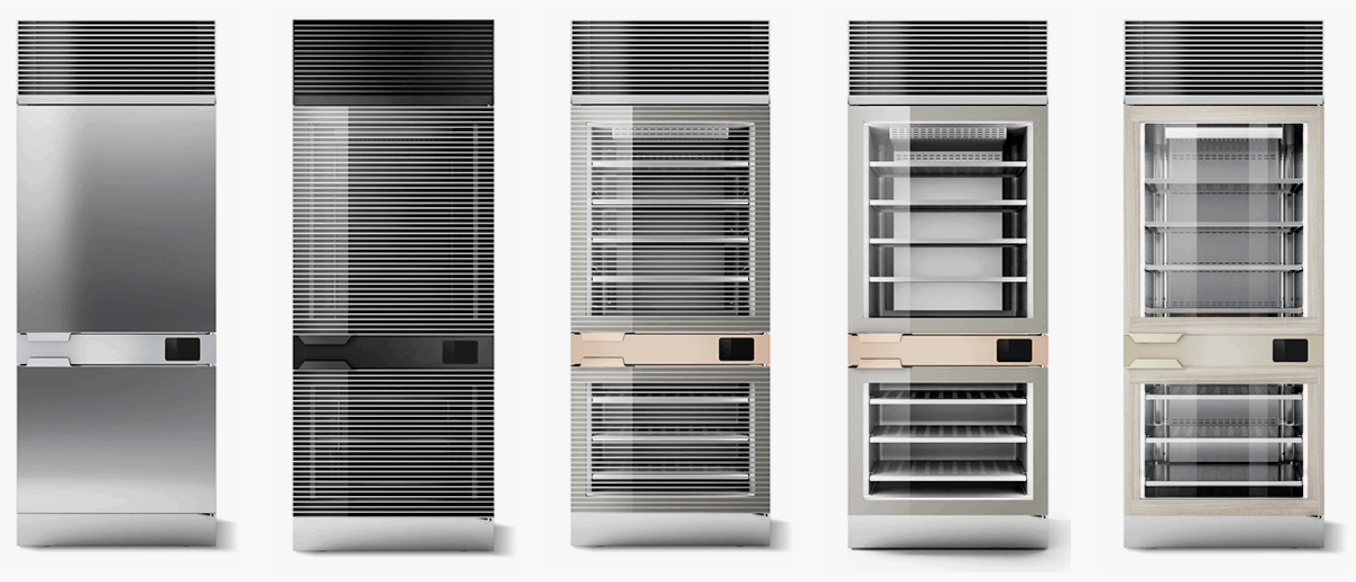Wine conservation: what is the ideal temperature for each type of wine

The conservation temperature of wine is an essential element for best expressing the organoleptic characteristics of a white, red or rosé nectar. It is known that each type of product has specific needs. Generally, the goal is to avoid temperature leaps to prevent alterations in taste and olfactory components. More specifically, what are the expedients that should be followed when storing wine bottles?
How to conserve wine bottles in commercial and domestic settings
Bottle conservation tips should never be underestimated, especially by wine lovers. Suffice it to say that temperature influence not only the last but also the characteristics that a wine is able to express. For example, a lower temperature favors the hard components, while a higher temperature tends to enhance the wine’s soft components. Clearly this is a connoisseur’s finess. In any case, the first concern is to prevent the product from suffering alterations and defects due to improper storage or position of the wine bottles.
The first enemy to avoid is thermal shock. In the case of professional beverage displays, such as Expo Wine by HIZONE, temperature homogeneity is aided by the ventilated refrigeration mechanism, an efficient insulation system and technical devices such as condensation water collection, with automatic evaporation system, and electronic control of defrost cycles. Conserve bottles in the ideal way in a domestic setting is less easy. As can be guessed, storing wine in the attic is a bad idea. After all, not even the cellar could guarantee ideal conditions. The humidity level, in fact, should be between 50% and 80%: a cellar that is too dry, consequently, could affect the volume of the cork and, as a result, accelerate the oxidation of the wine. If bottles are located adjacent to sausages and cured products, they also risk unpleasant changes in aroma and taste. The room, in addition should be ventilated regularly. Exposure to light can also degrade the characteristics of the wine: not surprisingly, professional wine cellars are equipped with specific LED lighting system to keep the wine in optimal conditions and low emission double-glazing with UV filter, which protect the wine from possible alterations caused by exposure to outside light.

How to conserve red and white bottles
Wine conservation temperature, as is well known, also depends on the type of product. Generalizing, white and rosé wine should be kept within a range of 8°C to 14°C while red wine can also be stored at 16°C and above. It is necessary, in any case, to comply with the label directions to meet specific needs. Concerning the wine bottles position, the horizontal – or slightly reclined – placement allows to maintain the cork moist, favoring its elasticity and its performance. Moreover, if we are dealing with a wine that has undergone a long aging process, it is advisable to keep it in an upright position for a day before serving it, so the deposits on the bottom can settle.
Finally, how to conserve an open bottle of wine? Without a doubt, the ideal id to use a stopper with an airtight closure to minimize the contact with air, especially in the case of sparkling wine to prevent the bubbles from dissolving. If there is a small amount of wine left in the bottle, it is best to transfer it to a smaller container. In any case, it is best to keep the bottle upright in the refrigerator, where the wine can be stored for about 3-4 days.